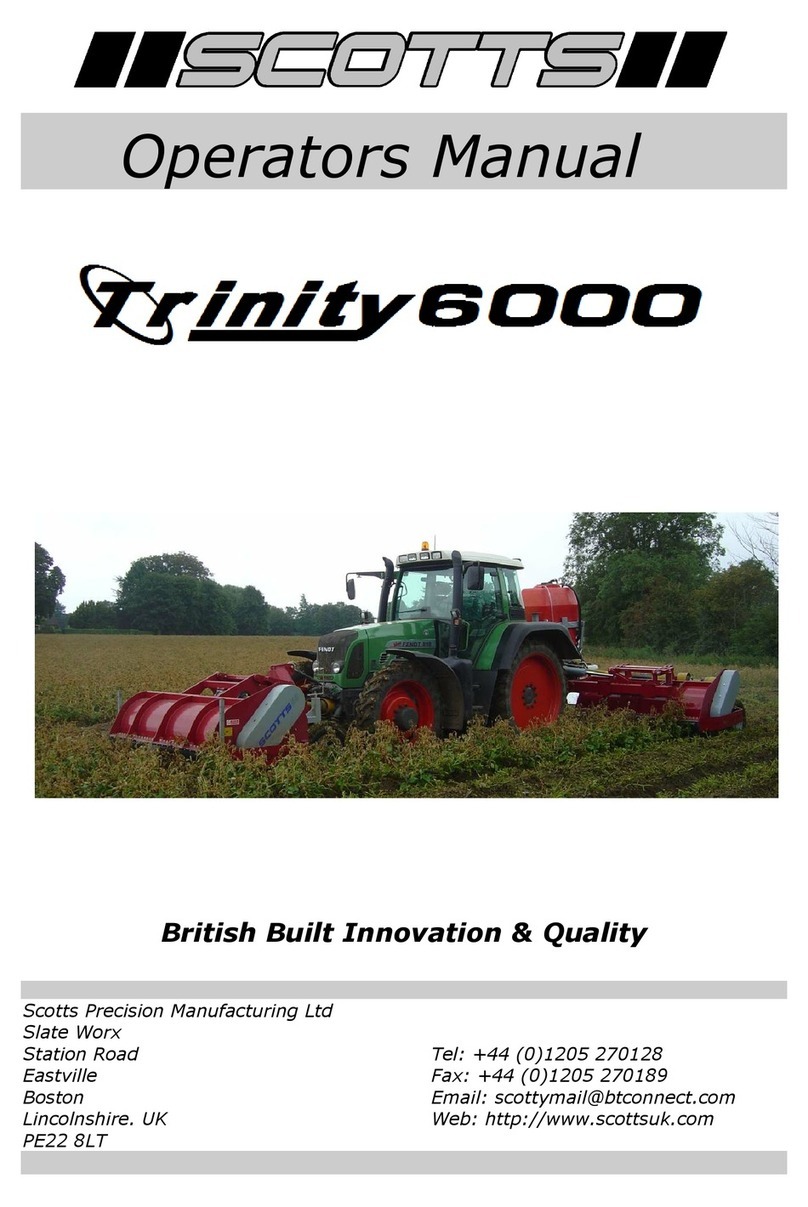
General machine Safety and accident prevention
All aspects of safety advice, whether through this manual or by national accident
prevention regulations must be observed:
1. Warning signs and other notices on the machine are there to provide you with
visible important information for safe operation of the machine and to reduce the
risk of personal injury.
2. Before attempting to start work, please familiarise yourself with all equipment and
controls and the functions they perform.
3. Please ensure any users wear close-fitting clothing. Avoid using loose fitting
clothing.
4. Keep the machine clean at all times to see visible signs of wear.
5. Check around the machine before starting it up, to ensure there are no obstacles
in the way (including people)
6. Only start the machine up if all protective guards are fitted correctly and in their
protective positions.
7. Dangerous parts are located behind the protective covers. These do not
necessarily come to a standstill when the drive is switched OFF. Therefore, keep
well clear until such parts have come to a complete standstill.
8. Only carry out maintenance, repair and cleaning work on the machine when the
machine is electrically isolated.
9. NEVER allow persons to stand on the machine whilst working!
10. The designs and functions of intake and discharge mechanisms i.e. rotating
shafts, conveyors etc. means they cannot be fully protected. Therefore always
keep a safe distance from such moving parts when the machine is in operation.
This advice also applies to any ancillary equipment.
Only carry out work on the unit when the isolator is switched OFF
Warning Symbols and Advice
The warning symbols are to indicate dangerous areas of the machine and specific
operations for safety and trouble-free operation.
Please follow all warning symbols and information stickers at all times!
Always ensure warning symbols and information stickers are kept clean and in legible
condition. Any stickers that are not legible must be replaced immediately and attached
in their designated positions on the machine!
All guards must be securely closed when machine is
running
Do not remove or render illegible any warning stickers.
Replace any immediately if this happens!
age 3




























